Period: late 18th century,
Height: 18 cm.
Discovered nearly two thousand years ago by the Romans, fluorspar is a rare natural variety of calcium fluorite, with highly distinctive colored veins. The only known deposit of this unusual mineral was found in the hills west of Castleton, in the Vale of Hope, Derbyshire. First mentioned in the late 17th century, fluorspar became increasingly popular in the second half of the 18th century, transformed into decorative and architectural objects, particularly fireplace mantels. One of the pioneers of this type of work was Robert Adam, although the material is perhaps more famous today through the works of Matthew Boulton, a Birmingham goldsmith and gilt-bronze maker. Most of the stone extracted was used for the manufacture of gilt-bronze objects, such as elegant candelabra, urns, vases, and incense burners. These objects are all the more prized as the fluorspar mines are now largely depleted.


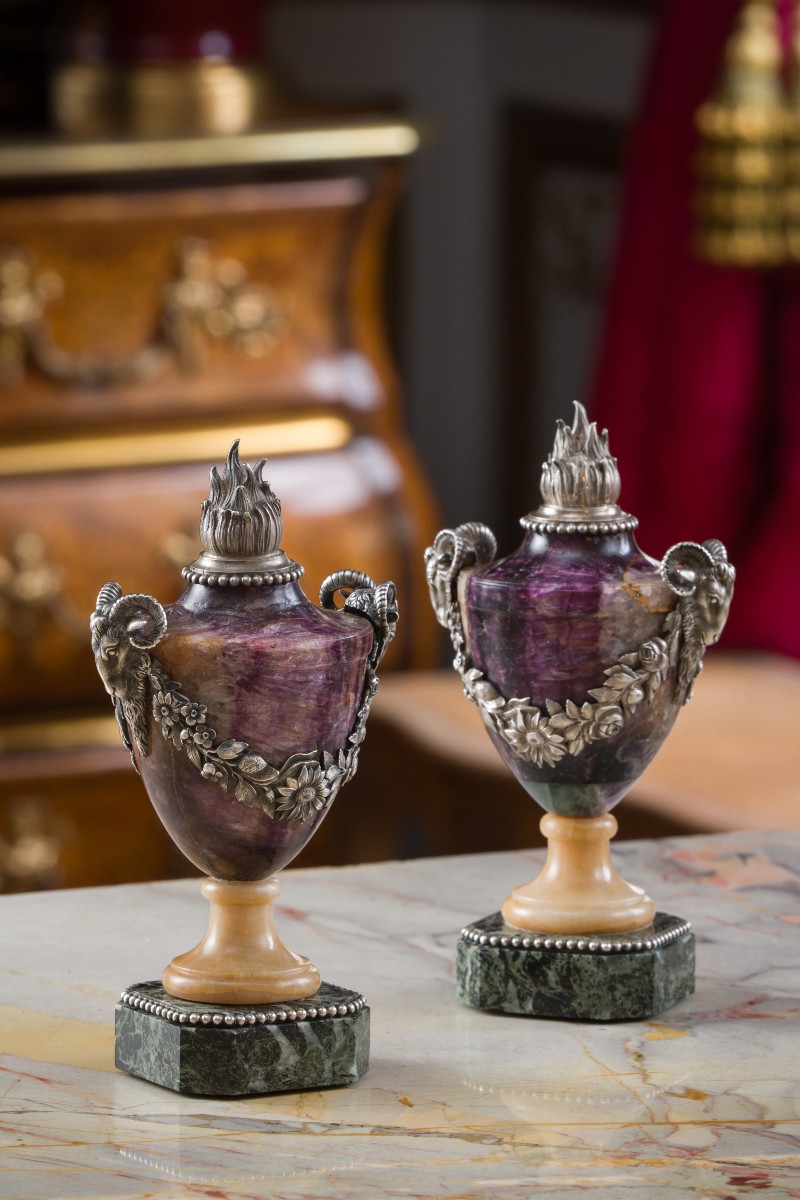













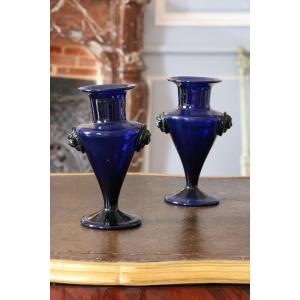
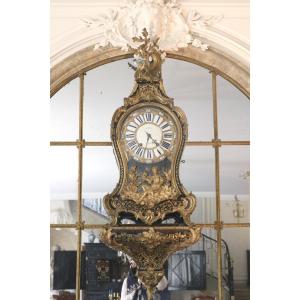
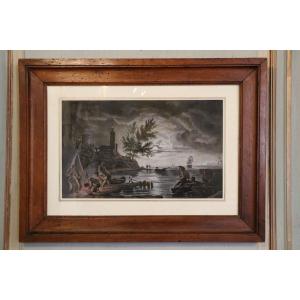



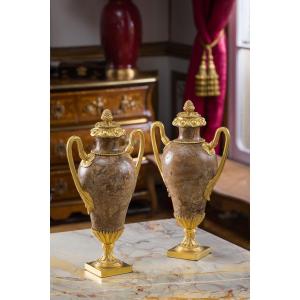

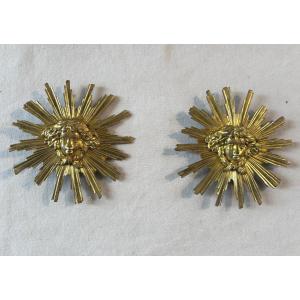







 Le Magazine de PROANTIC
Le Magazine de PROANTIC TRÉSORS Magazine
TRÉSORS Magazine Rivista Artiquariato
Rivista Artiquariato